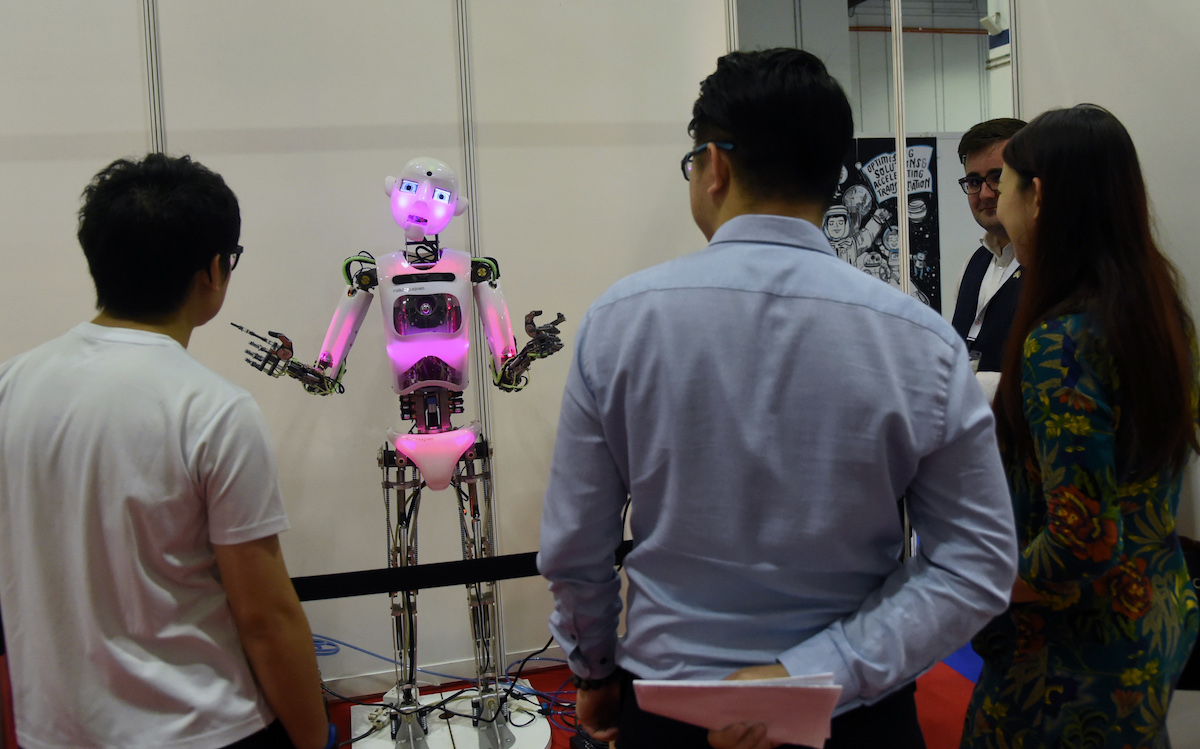Southeast Asian giants Grab and Go-Jek certainly have taken the a large share of recent headlines. Thanks to their dominant position in both local and international markets, the ridesharing giants have set tongues wagging not just within the ASEAN region, but also around the world thanks to the billions they’ve raised. The fact that they’ve used that funding to battle American giant Uber effectively has also been nothing short of impressive.
However, they are also not the only companies within Southeast Asia that have raised large amounts of capital. Though Singaporean gaming brand Razer may only have had $175 million in disclosed funding, they closed a huge IPO last month – making founder Min-Liang Tan a billionaire in his own right.
A piece of the pie
It’s easy, then, to think that the money may be drying up for tech start-ups that are hungry to innovate and need funding.
This couldn’t be further from the truth, as trends indicate that investment in the region is only going to increase in coming years. From a total of $281 million in 2012, to $3.1 billion in 2016, and over $7 billion projected for 2017, funding numbers have only shot up.
Exploding online economy
Why is this happening? Because of an exploding online economy that doesn’t look like it’s going to slow down any time soon. The growth has even outstripped high expectations, with a joint study from Google and Temasek Holdings estimating that the internet economy will be worth $50 billion by the end of 2017.
This growth is being fuelled by the region’s digital population of 330 million, many of whom carry multiple devices and have adopted e-payments and e-commerce as part of their way of life.
Southeast Asians have become so dependent on the internet economy because of the convenience that it espouses. The ability to buy anything without going to the store, transfer money without going to the bank, and hail a ride without using any cash, has fundamentally changed our behaviour.

Money being ejected from a laptop. (Photo from Pixabay/Stevepb)
A game of control
As previously mentioned, Grab and Go-Jek aren’t the only ones to dominate their respective markets, though they certainly seem to be trying to buy out anyone that may become a rival to one of their services.
Companies like Sea (owner of Garena, Shopee and Airplay), are also leading the way in their respective fields. Sea raised $550 million in funding earlier in 2017 and are poised to further extend their domination of the gaming market – while also further exploring e-commerce.
Tokopedia, an Indonesian online marketplace, has also cornered their local market – catching the attention of Jack Ma and Alibaba, to the tune of a $1.1 billion investment. This could eventually turn out to be a bargain, when one considers that the Indonesian government estimates its online economy to be worth $130 billion by 2020.
Though there certainly will be new players in the coming years, it’s become clear that Southeast Asia’s tech sector has become a game of control.
The pie won’t be sliced into even pieces, but that’s not going to deter anyone. The battle for investment and market share will continue to rage on.
Recommended stories:
Building a refuge where trawlers now ravage Cambodia’s marine life
Singapore's home sales gain with annual tally highest since '13
